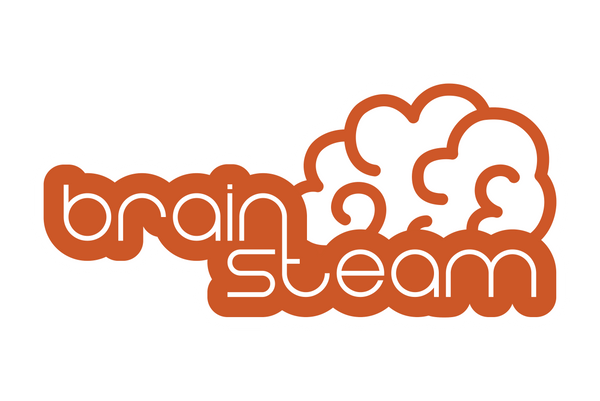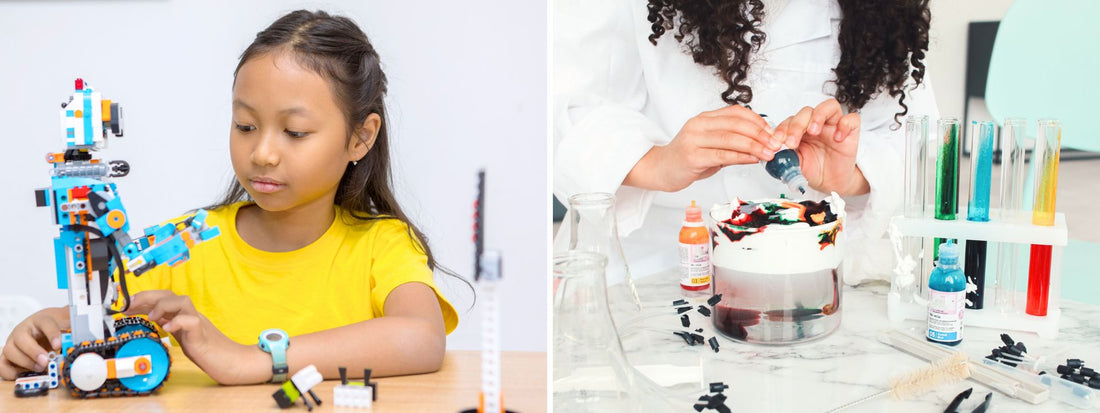- Introduction
- Understanding STEM Education
- What is STEM?
- Importance of STEM Education
- The Role of Play in Learning
- Benefits of Play-Based Learning
- Impact of Play on Child Development
- STEM Toys: An Introduction
- Definition and Purpose
- Types of STEM Toys
- How STEM Toys Promote Learning
- Encouraging Problem-Solving Skills
- Fostering Creativity and Innovation
- Developing Critical Thinking Abilities
- Examples of Popular STEM Toys
- LEGO Mindstorms
- LittleBits
- Snap Circuits
- The Future of Innovation with STEM Toys
- Conclusion
In today's rapidly evolving world, where technology dominates every aspect of our lives, the demand for individuals skilled in science, technology, engineering, and mathematics (STEM) is higher than ever before. With the growing importance of STEM education, the role of play in learning has gained significant attention. This article delves into the transformative power of play, particularly through the lens of STEM toys, in shaping the innovators of tomorrow.
1. Introduction
In recent years, there has been a paradigm shift in educational approaches, moving away from traditional methods towards more interactive and engaging techniques. One such approach gaining traction is the integration of play into learning, especially in the STEM fields. This integration not only makes learning enjoyable but also enhances understanding and retention of complex concepts.
2. Understanding STEM Education
What is STEM?
STEM stands for Science, Technology, Engineering, and Mathematics. It is an interdisciplinary approach to learning that encourages students to integrate knowledge and skills from these four disciplines to solve real-world problems.
Importance of STEM Education
STEM education is crucial for preparing students for the challenges of the 21st century. It equips them with the necessary skills to thrive in a technology-driven society, fostering innovation, critical thinking, and problem-solving abilities.
3. The Role of Play in Learning
Benefits of Play-Based Learning
Play-based learning stimulates curiosity and exploration, allowing children to engage with concepts in a hands-on manner. It promotes creativity, collaboration, and resilience, essential traits for success in STEM fields.
Impact of Play on Child Development
Play is not just a pastime; it is a fundamental aspect of child development. It enhances cognitive, social, and emotional skills, laying the foundation for lifelong learning and growth.
4. STEM Toys: An Introduction
Definition and Purpose
STEM toys are educational tools designed to introduce children to STEM concepts through play. They are specifically crafted to engage young minds and ignite a passion for learning.
Types of STEM Toys
STEM toys come in various forms, including building sets, robotics kits, coding games, and science experiments. Each type serves a unique purpose in fostering different aspects of STEM education.
5. How STEM Toys Promote Learning
Encouraging Problem-Solving Skills
STEM toys present challenges that require critical thinking and problem-solving skills to overcome. By grappling with these challenges, children learn to think analytically and devise creative solutions.
Fostering Creativity and Innovation
Through experimentation and exploration, STEM toys encourage children to think outside the box and explore unconventional solutions. This fosters a culture of innovation and creativity from a young age.
Developing Critical Thinking Abilities
STEM toys prompt children to ask questions, make predictions, and draw conclusions based on evidence. This process fosters a habit of critical thinking, enabling children to evaluate information critically and make informed decisions.
6. Examples of Popular STEM Toys
LEGO Mindstorms
LEGO Mindstorms combines the versatility of LEGO building blocks with robotics and programming elements. It allows children to build and program their robots, fostering creativity and problem-solving skills.
LittleBits
LittleBits offers modular electronics kits that enable children to create custom inventions without any prior experience in electronics. It empowers them to explore circuitry and engineering concepts in a playful manner.
Snap Circuits
Snap Circuits provide hands-on experience with electronic circuits through a series of snap-together components. It offers a tangible way for children to learn about electricity, magnetism, and engineering principles.
7. The Future of Innovation with STEM Toys
As technology continues to advance at an unprecedented pace, the need for innovative thinkers and problem solvers becomes increasingly crucial. STEM toys play a vital role in nurturing the next generation of innovators, equipping them with the skills and mindset needed to tackle the challenges of tomorrow.
8. Conclusion
In conclusion, the power of play, particularly through STEM toys, cannot be understated in shaping future innovators. By integrating play into learning, we can inspire curiosity, foster creativity, and instill a lifelong love for STEM subjects. As we embrace the transformative potential of play-based education, we pave the way for a brighter and more innovative future.
FAQs
-
Are STEM toys only suitable for children interested in STEM careers?
No, STEM toys are designed to be inclusive and engaging for all children, regardless of their career aspirations. They promote critical thinking, problem-solving, and creativity, which are valuable skills in any field. -
At what age should children start using STEM toys?
STEM toys are suitable for children of all ages, with options available for toddlers to teenagers. It's never too early to introduce children to STEM concepts through play, as it lays a strong foundation for future learning. -
Do STEM toys replace traditional educational methods?
STEM toys complement traditional educational methods by offering a hands-on and interactive approach to learning. They provide a practical way for children to apply theoretical knowledge and reinforce classroom learning. -
How can parents support STEM learning at home?
Parents can support STEM learning at home by providing access to STEM toys, engaging in hands-on activities, and encouraging curiosity and experimentation. They can also seek out STEM-related books, movies, and outings to further enrich their child's learning experience. -
What are some budget-friendly options for STEM toys?
There are plenty of budget-friendly STEM toys available, including DIY kits, recycled materials for building projects, and online resources for coding and programming. Additionally, many libraries offer STEM toy lending programs, allowing children to explore a variety of toys without breaking the bank.

